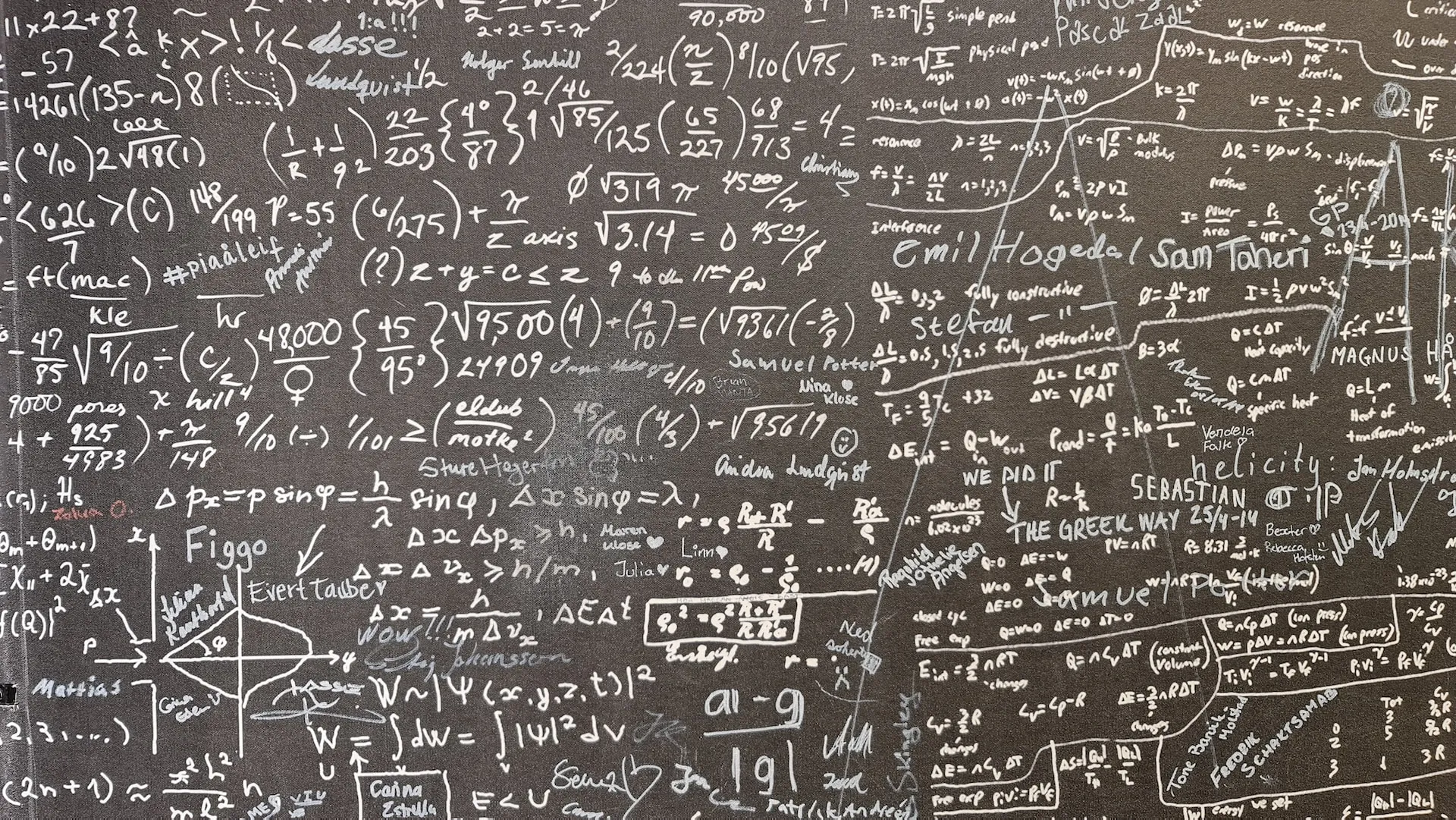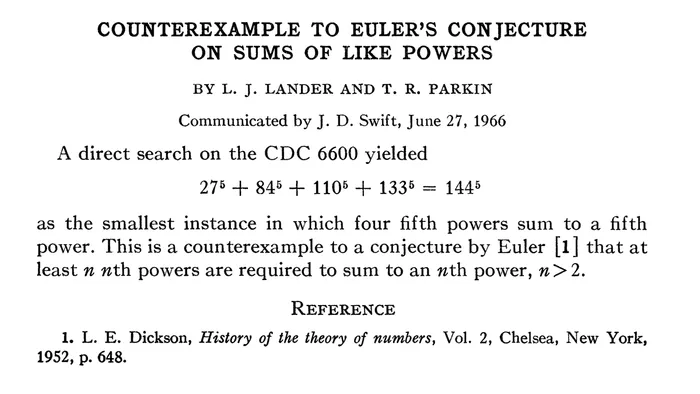What is mathematical proof

Well, actually …
This is one of the articles’ I’ve written most open to being “well, actually’d”. This IS somewhat simplified, but the original audiance that asked my question did need me to keep it simple, or I’d not be able to explain anything at all !
Source of this question.
My mother have never been someone interested in mathematics, science or technology. In fact, she can barely type, and when she got her first job at a school that required her to use a computer mouse, I had to give a 60 year old instruction on how to use one in the 2010’s.
At that school during a break, she heard several teachers discussing the Einstein tile discovery made by David Smith. The topic of this conversation drifted from the tile problem itself to the nature of mathematical proof. The question I got from my mother, after a little back and forward, could be summarised as “what does a mathematician mean by proof”.
One thing to note, these Einstein tiles have nothing to do with Albert Einstein, but are about covering a surface with a single tile. Google translate will turn “One Stone” into “Ein Stein”, although some german speaking friends of mine have said the one stone translation is a bit of a stretch.
Multiple meanings of proof.
Most people know there are multiple types of proof. A good example, and a particularly good one for my mother as she used to work in the legal system in England, is the idea of the level of proof needed to win a court case.
In the UK and many other western legal systems there are two standards of proof. If you are accused of a crime, several things are true.
- You are presumed to be innocent. Hence “You are innocent until proven guilty”.
- The prosecution must convince the court that you are “guilty beyond reasonable doubt”. That isn’t particularly well defined but two definitions I’ve heard used by judges are “so convinced of guilt that you are sure”, and “99% convinced”.
If however you are in a civil rather than criminal case, for example you are sued for failing to fufil a contract, then the burden of proof is different. The burden to prove the case is on the side of that brings the case, but the requirement on the proof is lower. In the UK it is officially “on the balance of probability”. In other words, simply that you are more likely to be correct than not. You could also classify this as “51%” sure.
Scientist in other fields also have various standards for what they consider to be proof. In experimental sciences, there is always the chance you got a result that matches your theory by random chance. For example, if I have a theory that a particular die is loaded, the more and more I test this theory by rolling it, the less and less likely it is that random luck is responsbile is the reason each side of the die hasn’t come up the same numbers of times. However no matter how many times I do it, I cannot eliminate the chance totally.
Particle physics has one of the highest requirements of proof. It is called the 5 sigma test, and indicates that the chance of the result being random chance is around 1 in 3.5 million.
Some terminology.
Before reading and understanding material around this, it is important to note what terms mathematicians use.
Axiom: As a self evident fact, which can be presented without proof and which people agree on being true.
Conjecture: A claim that some fact is true, presented without proof. Usually conjectures have significant evidence that they are true, but do not have absolute 100% proof.
Theorem: A conjecture which has been proved.
Proof: The demonstration, using only Axiom’s and existing Theorems, that shows a conjecture is true. Hence making the conjecture into a theorem.
What is the mathematicians meaning of proof.
Interestingly, it is even more strict than the proof standards in even particle physics. It is as close as is possible to be requiring 100% certainty.
Mathematicians build proof on top of axioms. An axiom is similar to a famous part of the
US decleration of independence. Specifically,
“We hold these truths to be self-evident, that all men are created equal, that they are endowed by their Creator
with certain unalienable Rights, that among these are Life, Liberty and the pursuit of Happiness” While it is clear to see
what “all men” are classified as might have differed from 1776 until now, what is clear is this is an axiom. It presumes things,
and it states them without justification. As itself says, these truths are “self-evident”.
Mathematical axioms are also held to be self evident, and various projects have tried to reduce them to as few a count as possible,
and to make them truely as self evident as possible. The book by Bertrand Russel
and Alfred North Whitehead,
Principia Mathematica famously took hundreds of pages to prove 1+1=2.
Fermats Last Theorem.
17th century French mathematician, Pierre de Fermat famously wrote a statement in a margin of his copy of an ancient greek text words that roughly translate as “I have a truly marvelous demonstration of this proposition that this margin is too narrow to contain.” He may have thought he did, but he almost certainly did not, as it took nearly 300 years and a huge amount of new methods in mathematics for it to finally be proved by Andrew Wiles in the 1990’s.
This statement was that the formula below has no integer solutions when n > 3.
For example, while these solutions exist when n is 2.
No examples at all exist for this, where a, b and c are all positive integers.
If you believe the Andrew Wiles proof, and the mathematical community has generally does, then
Euler’s Sum of Like Powers Conjecture.
Leonhard Euler is one of the most famous and prodigious mathematicians ever. He conjectured that was a similar case to fermats last theorm, and that no solutions would exist for these examples, and an infinity more of them, adding one term each time you raise the exponnent.
This however, was false. It resulted in one of the shorest papers ever printed in the field.

Here we see computers of the 1960’s were enough to disprove this conjecture which had been assumed to be true for hundreds of years, by simply finding one single counter example.
The smallest possible counterexample for n = 4 is
I think it is safe to see before the existance of computers why this counterexample wasn’t found using pen and paper !
Actual proofs.
So far I’ve just talked the standard of proof, and how a conjecture can fall apart with a single counterexample, but here are some links to actual proofs. To me, the simplest proof is this Proof of Pythagoras’ Theorm.
If a paper exists that proves an algorithm is the most efficient, or a storage method is the most efficient, then it almost certainly is. The only way it isn’t is if mistakes exist in the proof. You should be able to read the proof and convince yourself of it’s validity, at least in theory. Sometimes the mathematics involved in significant proofs in computer science can get pretty gnarly though !
Further Reading / Viewing.
- Simon Singh’s Book, Fermat’s Last Theorem. A popular book, explaining the story of Fermat’s Last Theorem, but also contains some simpler proofs as examples.
- Jay Cummings’ Book, Long Form Proofs. A textbook, but one aimed at explaining proofs.
- Eddie Woo’s video, A Visual Proof of the Pythagorean Theorem.